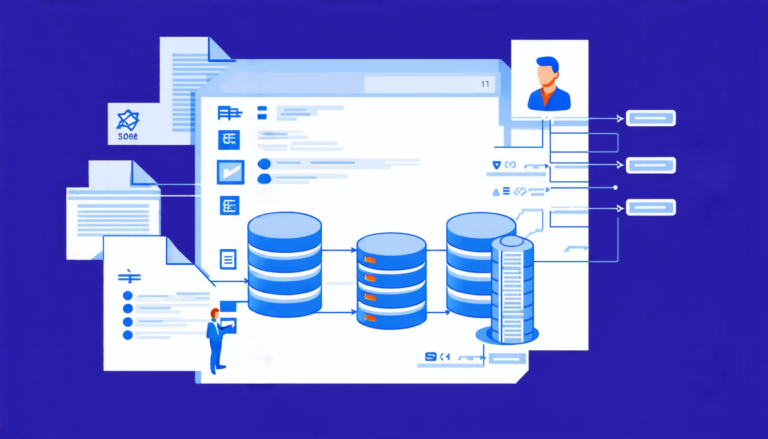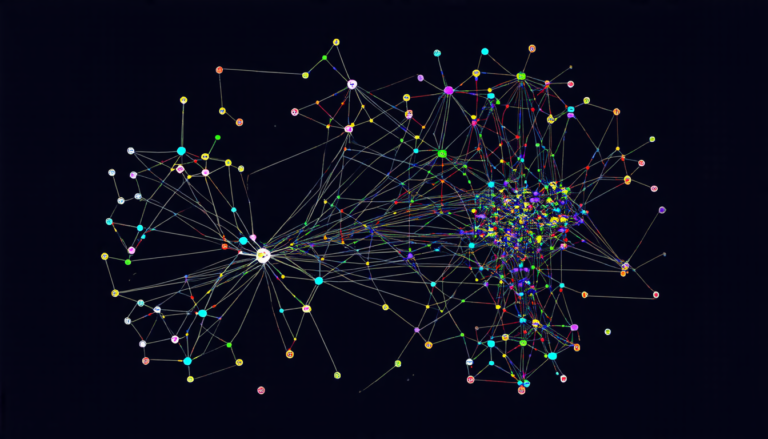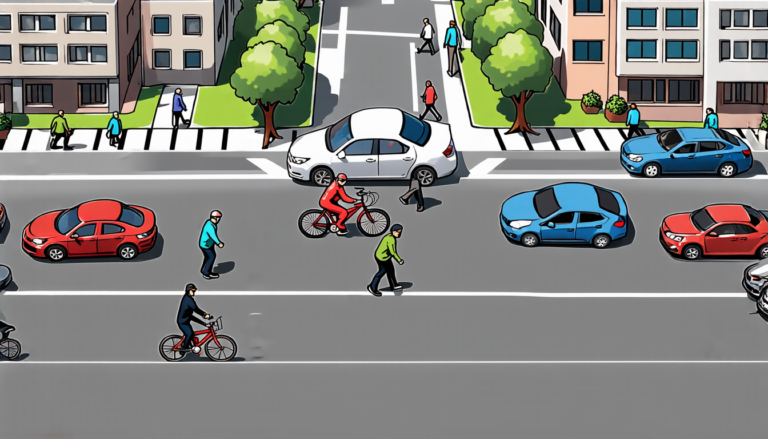Wednesday 09 April 2025
The ancient art of violence detection has received a modern makeover, thanks to the power of artificial intelligence. Researchers have developed a system that can identify violent passages in historical texts with surprising accuracy.
The team used a large dataset of annotated text from the Perseus digital library, which contains translations of ancient Greek and Roman works. They trained two language models, RoBERTa and BERT, on this data to learn patterns and characteristics associated with violent language.
The results are impressive: both models were able to accurately identify violent passages in a test set of texts, outperforming human annotators in some cases. The models also provided more detailed information about the types of violence described, such as interpersonal or intrasocial conflicts.
But what’s most striking is how the models can be fine-tuned for specific tasks. For instance, by focusing on different aspects of violence, such as level, context, motive, and long-term consequences, the researchers were able to achieve high levels of accuracy in each category.
The implications are significant. Historians and scholars may soon have a powerful tool at their disposal to analyze and understand the complexities of ancient warfare, social dynamics, and conflict resolution. The models could also be used to identify patterns and trends in violent behavior across different cultures and time periods.
Of course, there are limitations to this technology. For one, it’s limited to analyzing written texts – what about oral traditions or visual representations of violence? Additionally, the accuracy of the models relies on the quality of the training data, which may be biased or incomplete.
Despite these caveats, the potential benefits of this research are undeniable. By leveraging AI to analyze historical texts, we can gain new insights into the human experience and better understand the complex dynamics of conflict and violence throughout history.
In the future, researchers may explore ways to integrate this technology with other methods, such as machine vision or natural language processing, to create a more comprehensive understanding of violence across different media and cultures. As our ability to analyze and understand ancient texts continues to evolve, we may uncover new perspectives on the human condition that challenge our assumptions about the past and inform our decisions in the present.
Cite this article: “Uncovering the Violence in Ancient Texts: A Machine Learning Approach to Identifying Aggression in Classical Literature”, The Science Archive, 2025.
Artificial Intelligence, Violence Detection, Historical Texts, Ancient Greek, Roman Works, Language Models, Roberta, Bert, Machine Learning, Natural Language Processing







